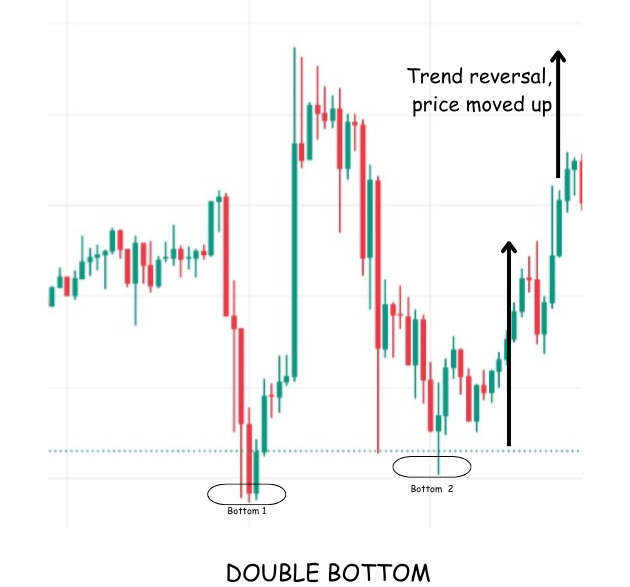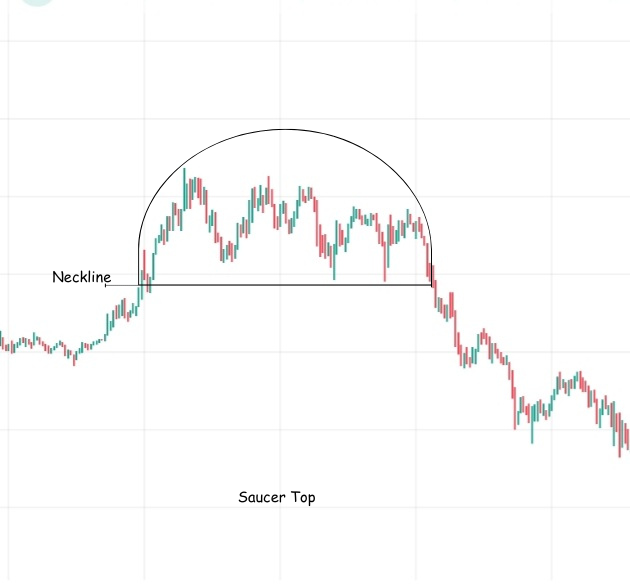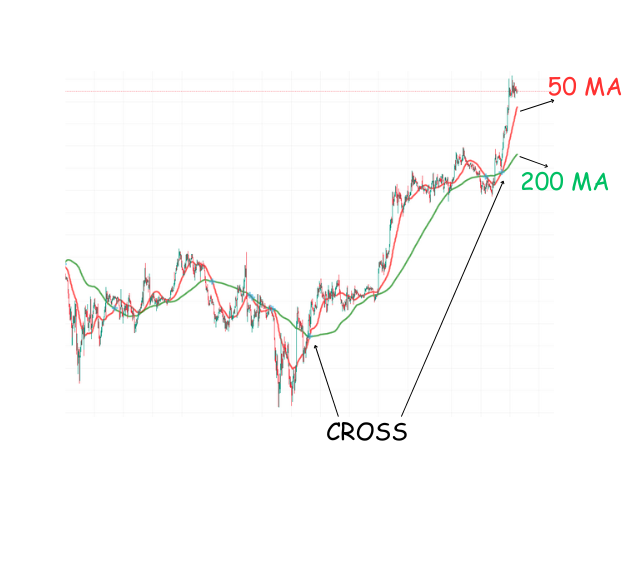7 Crypto Trading Tips for Absolute Beginners
So you're excited to jump onto the crypto train, possibly driven by the potential for massive returns on your investment. However, it's important to remember that big rewards often come with high risk — especially due to the extreme volatility of cryptocurrencies.
Cryptocurrency refers to digital assets that exist solely on a blockchain — a decentralized network that ensures no single entity controls them. Unlike government-issued money, cryptocurrencies offer a transparent and secure alternative, reducing corruption, avoiding excessive money printing, and giving individuals full control over their funds by removing traditional banking intermediaries.
However, cryptocurrency is not a get-rich-quick scheme. Beginners should avoid investing life savings or taking loans to trade. Instead, it's essential to learn, start small, and make informed decisions. Here are 7 tips for absolute beginners to start earning with crypto responsibly.
Watch: Crypto Trading Tips for Beginners (Video)
1. Start with Thorough Research
Imagine someone promoting a cryptocurrency just to inflate its price, only to sell their holdings at a profit — leaving new investors with losses. This scenario emphasizes why proper research is essential for beginners before entering the crypto market.
Begin by selecting a legitimate and secure exchange. Check trusted reviews on platforms like Reddit, Forbes, or consult experienced traders. Look for key security features such as two-factor authentication (2FA), proof of reserves, and cold storage of funds.
With hundreds of cryptocurrencies available, choosing one can be overwhelming. Many beginners rely only on technical analysis or trending news, which can be risky. Instead, take a balanced approach that includes fundamental, technical, sentiment, and capital analysis for better decision-making.
Lastly, always assess your personal risk tolerance. Understand the different types of risks involved — including market volatility, regulatory shifts, and cyber threats. Build a trading strategy that matches your financial goals and comfort level.
2. Only Invest What You Can Afford to Lose
The crypto market is highly volatile, and if you're not prepared, you could lose the money you invested. That’s why it’s important to build an emergency fund before creating your investment portfolio. A simple way to calculate this is by dividing your total accessible cash by your monthly expenses — this tells you how many months you can survive without any additional income. Ideally, your result should cover at least six months; more is even better.
3. Use Reputable Exchanges
While most exchanges offer crypto-to-crypto trading pairs, not all support fiat-to-crypto transactions. It's important to choose an exchange that allows deposits and withdrawals in your local currency. Security is another critical factor — some platforms have experienced hacks in the past, but the most reputable ones, such as Binance, have reimbursed users from their own funds. This highlights the importance of selecting an exchange with strong financial backing and the ability to recover from security breaches. For beginners, starting with an exchange that supports fiat-to-crypto pairs is often the most practical choice. Leading exchanges that offer fiat support include Coinbase, Bittrex, Kraken, and Gemini. However, you should also evaluate other key features such as security, liquidity, fees, ease of use, supported payment methods, and customer support before making your decision.
4. Set Clear Goals and Exit Strategies
Some traders thrive on the excitement of short-term trading, while others prefer the patience and discipline required for long-term investing. Your trading strategy should depend on factors such as your current income, age, family size, and risk tolerance. For example, younger investors seeking higher returns may consider short-term strategies, while retirees who rely on their investments for income may benefit more from long-term strategies aimed at capital growth over time.
If you choose short-term trading, it's crucial to actively manage your risk using tools like stop-loss orders. A stop-loss order tells your broker to automatically sell an asset at a certain price to prevent larger losses. However, in long-term trading, stop-losses can sometimes work against you, especially in the crypto market where prices often rebound quickly after sudden drops. Markets may continue to rise after you've exited a position, so it's important to avoid making emotional decisions.
It's also wise to avoid scalping—rapidly entering and exiting trades multiple times a day—as high-frequency trading can lead to excessive commission fees and trader burnout before any profits are made. Scalping is especially risky for beginners and can result in losses if not executed with precision and a strong strategy.
5. Learn to Read Charts and Patterns
The golden rule in any cryptocurrency investment is simple: buy low and sell high. But how do you know when the price is at its lowest? That’s where technical analysis comes into play. Technical analysis is the art of using historical price data to predict future market movements. While some critics say that crypto trading is just a form of gambling, seasoned investors have found that patterns in historical data often repeat, influenced by market psychology and economic trends.
Most crypto exchanges offer charting tools, but many of them are complex for beginners. We recommend starting with TradingView — it's free, beginner-friendly, and supports both crypto and fiat charts. Some of the most commonly used chart types include line charts, bar charts, and candlestick charts.
A line chart connects closing prices over time, providing a simplified view of price movement. A bar chart displays the opening, high, low, and closing prices during a specific time frame. The candlestick chart builds on the bar chart, but the area between the opening and closing prices is colored — usually green for an upward move (bullish sentiment) and red for a downward move (bearish sentiment).
Support levels act as a floor preventing prices from falling further, while resistance levels serve as a ceiling stopping price increases. Many traders use Fibonacci retracement levels to help identify support and resistance zones.
Quick Tips for Beginner Chart Readers- Identify a bullish reversal: This signals a potential shift from a downtrend to an uptrend. Consider buying when a confirmed bullish reversal occurs and selling near resistance levels.

- Spot a bearish reversal: The opposite of a bullish reversal. When the price hits resistance and fails to go higher, consider selling to lock in profits.

- Use Moving Averages (MA): These help smooth out price data. Short-term MAs (10-period) work for quick trades, while long-term MAs (like 200-period) are better for trend analysis.

The cryptocurrency market is highly volatile and unpredictable. That's why relying on a single technical indicator can be risky. It's essential to combine various tools and strategies to make informed decisions — just like professional traders who spend years mastering the craft, such as those certified in Chartered Market Technician (CMT) programs.
6. Diversify Your Portfolio
Diversification means spreading your investments across multiple assets to reduce risk. In traditional stock investing, it's considered best practice to hold 15 to 20 stocks across different industries. This approach helps protect your portfolio—if one sector performs poorly, others may offset the losses.
In cryptocurrency, diversification is more challenging because most coins are highly correlated with Bitcoin. When Bitcoin drops in value, many altcoins tend to follow. While diversification can't eliminate all risk, it can help reduce the impact of sudden market shifts—especially when combining crypto with other asset classes or less-correlated coins.
When trading crypto, it's wise to pair a strong base currency against a weaker quote currency, and vice versa, to maximize the potential for profitable price movements. Long-term investing strategies are often more stable in crypto, as short-term trading is riskier due to high volatility and correlation.
If you choose to trade short term, apply the "Rule of Three": limit your open positions against each quote currency to no more than three. For example, you might trade one asset paired with Solana, another with Ethereum, and a third with your exchange's native token (like BNB or CRO). This keeps your portfolio manageable and easier to monitor.
7. Stay Updated with Crypto News
News has the power to shape public opinion and drive major market movements. For example, in 2017, a wave of media hype helped push the cryptocurrency market into a bullish frenzy. Before investing in any cryptocurrency, it’s essential to check whether it's frequently mentioned in the news and appears to be gaining popularity. If so, determine whether the coverage is organic or paid. Organic news attention can often signal genuine interest and potential price surges.
Some trustworthy crypto news sources include NewsBTC, CoinDesk, Nasdaq, and Speedtooth. It's best practice to track upcoming news and events early in your research phase when evaluating a cryptocurrency.
If a cryptocurrency is trending due to negative press, prices often drop sharply. However, this can also create a buying opportunity — but only if supported by other technical or fundamental analysis suggesting a recovery. If the news is severely damaging and recovery is unlikely, it's safer to move on to a more stable option.
Final Thoughts
Success in crypto trading often follows a bumpy road. Your portfolio may experience negative swings, but with proper research, analysis, and a patient mindset, long-term gains are possible. Staying informed and sticking to your strategy is key to seeing significant returns over time.